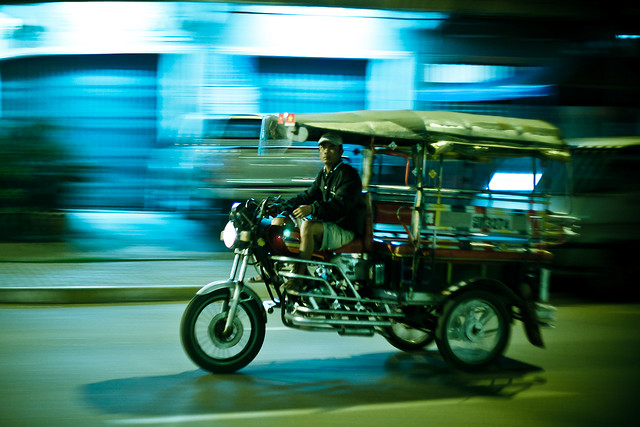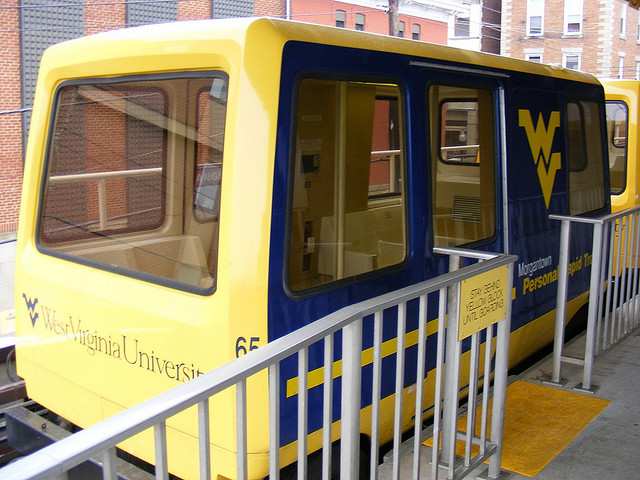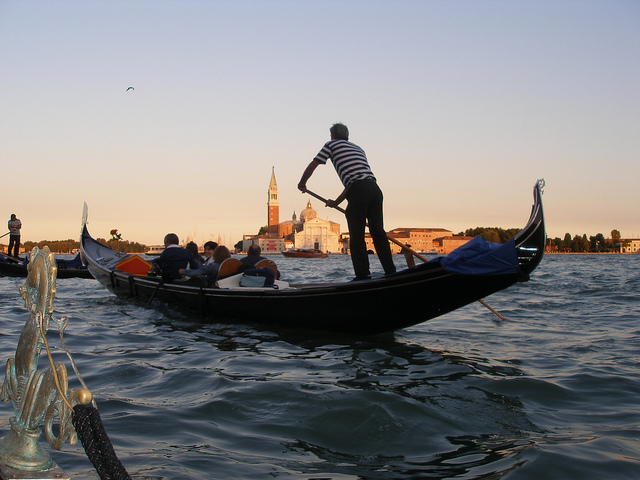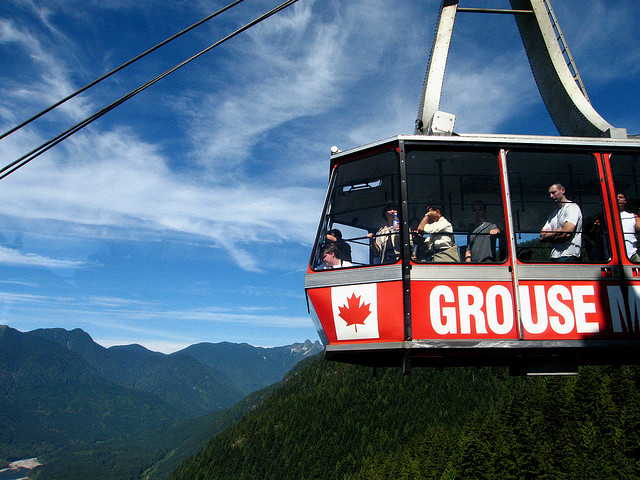Planes, trains, and automobiles may be the way most of the developed world gets around, but these aren’t the only forms of transportation in use around the globe. Sometimes travel is more about the journey than the destination, and these methods of transport ensure a trip you’ll never forget.
Tuk tuks and rickshaws seem to be the preferred mode or transport in much of Southeast Asia and India. These little three-wheeled taxis only seat about two people and were designed to easily maneuver in and out (often at breakneck speed) of a crowded city’s chaotic traffic.

- Read about other odd transport forms in Asia
- For an unforgettable rickshaw experience, check out the Rickshaw Challenge , a no-rules race around India
Only at the University of West Virginia in Morgantown can you whiz along the rails in your own personal transit pod. Operating since 1975, these pods can be shared by up to 20 people; passengers can control whether the pod stops at each station or passes by. It’s the closest you’ll ever come to having your own personal train.

- Read about more unusual transit systems around the world
In Buenos Aires, you can ride the southern hemisphere’s oldest subway, built in 1913. Take Linea A and you’ll ride in style in one of the original wooden cars.

- Read more about subway systems in South America
Some Central American countries also have subway systems, but if you’re a budget traveler, chances are you’ll end up on the chicken bus. These local buses are sometimes called “Diablo Rojos” (Red Devils). Often fixed up American school buses, they tend to be painted in brightly colored murals and offer a minimal degree of comfort for a long ride.

- Read more about bus travel in Central America
While most tourists dream of taking a gondola ride in Venice, this romantic mode of transport isn’t really practical. To properly get around in Venice, you’ll need to hop on a vaporetto – the Venetian version of an aquatic bus – which run up and down the Grand Canal, or a traghetto, which looks like a gondola but costs much less (about 2 euro) and ferries people across the Grand Canal.

- Check out “fake Venices” where you can also get around by boat
In Amsterdam, canal rides are nearly as popular with tourists as they are in Venice, but for locals, the preferred way to get around is by bike. Bikes vastly outnumber cars, with bike lanes on nearly every street, and for about 7-12 euros per day, you can join the thousands of people getting around Amsterdam on two wheels.

- Read about planning a bike tour of Europe
Hilly cities all around the world – from Porto to Rio – employ funiculars to help residents and tourist ascend to great heights. A steep cable railway, a funicular uses a cable attached to a tram on rails to move it up and down a steep slope. In Paris, the Montmartre funicular makes the one-way journey up Montmartre hill in about 90 seconds, saving visitors the strain of climbing 200 steps.

- Read about some of the world’s best observation decks
When a funicular just won’t cut it, you can avoid the exertion of climbing a mountain by riding in a cable car or gondola to reach the top. Found all over the world, some of the most famous include the cable car at the Klein Matterhorn in Switzerland; the one that whisks visitors to the top of Table Mountain in Cape Town, South Africa; and the cable car at Grouse Mountain, in Vancouver, Canada, which you can take if you aren’t up for the grueling Grouse Grind, which makes its way 2800 feet up the mountain.

- Read about ways to take in the most beautiful views in the world
Photos by Many Moon Honeymoon, Sean_Marshall, Deigo3336, roaming-the-planet, redjar, Minassian Livingston, Muddy Ravine kmoney